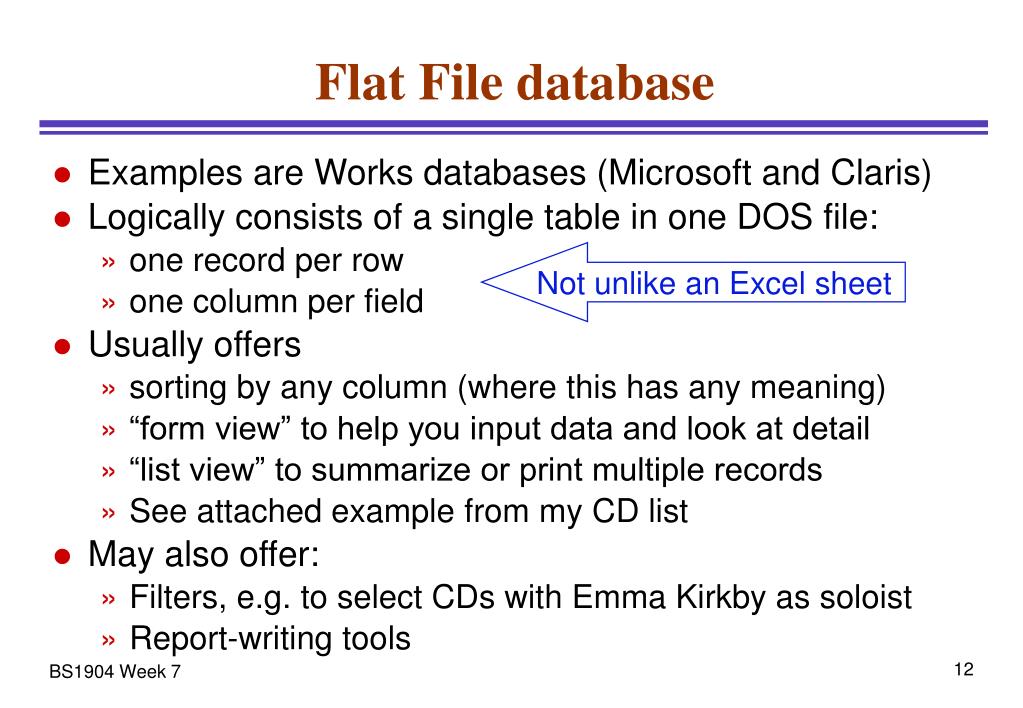
And while some users may feel overwhelmed by the many options in Azure, the one that allows databases to be fully managed can provide some relief. The Microsoft Azure platform is already an industry leading service, but databases and database management remain core to that. While home users may (or may not!) be familiar with Microsoft Access, which comes as part of the Microsoft Office suite of apps, MySQL has been one of Microsoft's most valuable gifts to the open source community.Īlthough MySQL is increasingly in competition with other database types, not least PostgreSQL and non-relational databases such as NoSQL, Microsoft can cater for these and more with its cloud-based Azure offering. Typemill also uses the flat file technology because files are a natural companion for authors: You decide where you write your files, where you store your files, and what you do with your files.Microsoft Azure offers a wide range of database software and management options, hardly surprising as Microsoft has been a leading developer of database formats for decades. You can read the markdown files without problems and you can transform them into html easily. The markdown language has been developed especially for authors.If you want to backup your whole website or move it to another server, then simply download and move the whole system.You can also write your markdown files elsewhere and upload them to Typemill.If you want to use your content, then simply download the markdown-files.A flat-file cms is often easier to maintain and to extend.A flat-file cms is more secure, because there is no database to hack (no sql-injections, for example).

A flat-file cms is often faster than a cms with a database.You can run as many websites as you want, even if your hoster does not provide any database.The installation is easier, you can simply upload the code-files of the cms and the system will run.Flat file content management systems like Typemill do not need a database, because they store the content in markdown files on the server.


 0 kommentar(er)
0 kommentar(er)
